Introduction: The Divine Presence of Krishna in Hinduism
Among the countless deities of the Hindu pantheon, Lord Krishna holds a unique and unparalleled position. He is not only revered as the eighth avatar of Vishnu, the Preserver in the cosmic trinity of Brahma, Vishnu, and Shiva, but for many, he is the Supreme God himself—an embodiment of the absolute reality and the source of all creation. His presence permeates Hindu philosophy, mythology, and devotional traditions, transcending time and space.
Krishna is an enigmatic and multifaceted figure. He is both deeply personal, connecting with devotees on an intimate level, and profoundly cosmic, representing the vastness of the divine order. To some, he is the playful child of Vrindavan, stealing butter and enchanting hearts with his divine mischief. To others, he is the passionate lover of Radha, whose eternal bond symbolizes the soul’s longing for the divine. For the warriors and seekers of truth, he is the charioteer and guide in the Bhagavad Gita, delivering profound wisdom on duty (dharma), devotion (bhakti), and the ultimate path to self-realization (yoga).
Before Krishna became the spiritual beacon of the Gita or the majestic ruler of Dwaraka, he was a student—one who humbly sought knowledge at the feet of a great Guru. This lesser-known yet significant chapter of his life unfolds at the Sandipani Ashram in Ujjain, where Krishna, along with his brother Balarama and his friend Sudama, received his formal education.
This sacred ashram, steeped in history and divine legend, continues to inspire seekers from all walks of life, reminding us that even the divine honors the path of learning and discipline.
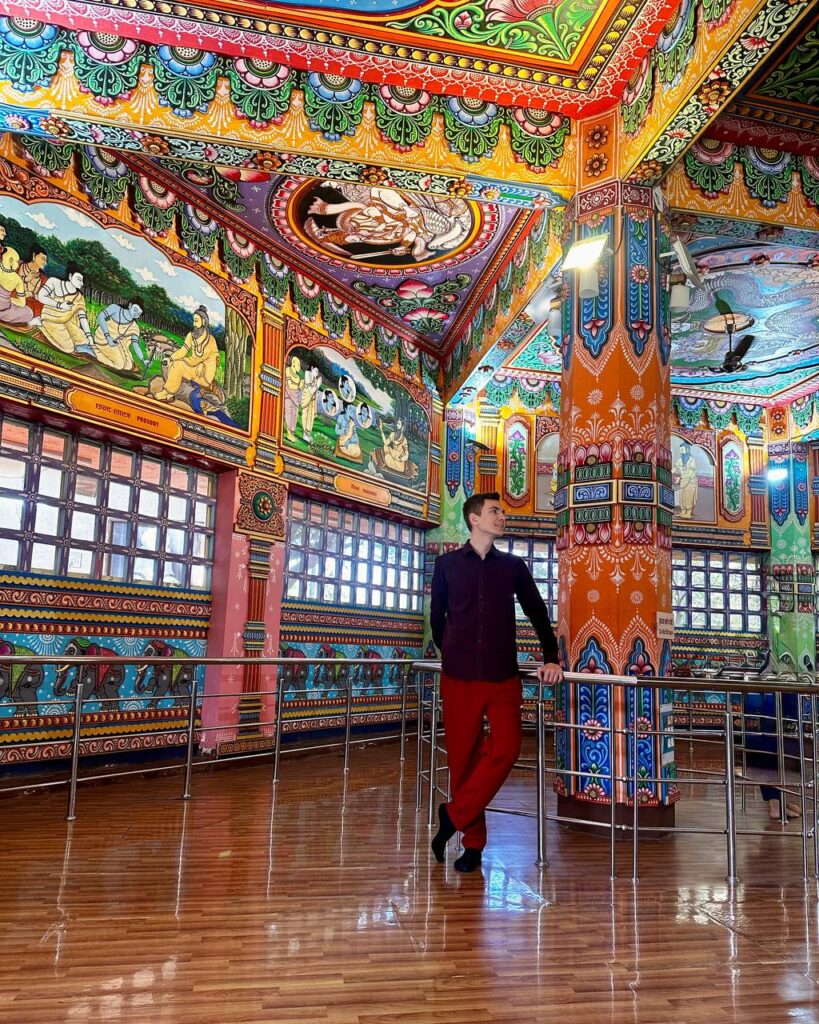
The Story of Sandipani Ashram: Krishna’s Education and Guru Dakshina
The Sacred Grounds of Ujjain
The city of Ujjain, one of India’s most ancient and sacred cities, has long been a center of spiritual learning and Vedic wisdom. It is revered for being home to the Mahakaleshwar Jyotirlinga, one of the twelve sacred shrines of Lord Shiva, and for hosting the Kumbh Mela, one of the largest spiritual gatherings in the world. Among its many sacred sites, the Sandipani Ashram stands as a testament to the value of education and the timeless relationship between a Guru and his disciples.
According to Hindu scriptures, Krishna, Balarama, and Sudama arrived at the Sandipani Ashram to study under the guidance of Maharishi Sandipani, a great sage renowned for his wisdom and adherence to dharma. It was in this peaceful hermitage, amidst the natural serenity of Ujjain, that they undertook rigorous training in various disciplines.
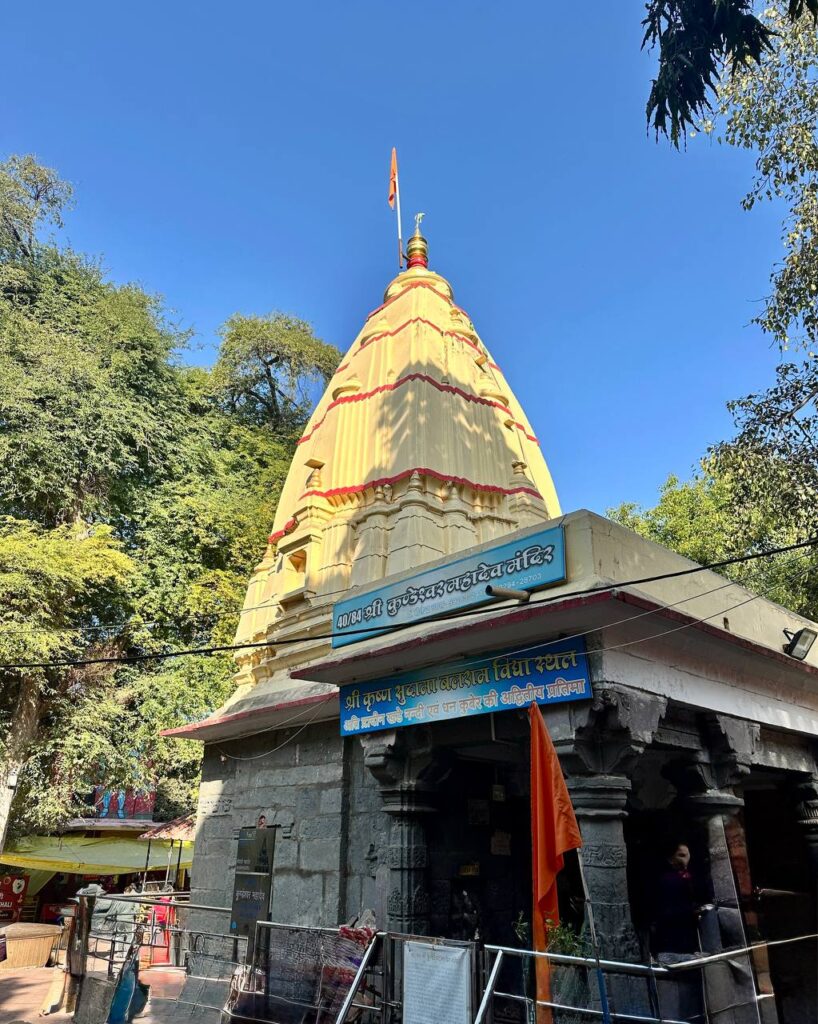
Mastering the 64 Arts and Sciences
The Bhagavata Purana mentions that Krishna and Balarama completed their education with remarkable speed, mastering 64 different arts (Chatushshasti Kala), a feat that showcased their divine intelligence and unparalleled grasp of knowledge. These arts spanned various fields, including:
📖 Vedic Scriptures – The foundational texts of Hindu philosophy and spiritual wisdom.
⚔ Military Science – Techniques of warfare, strategy, and weaponry mastery.
🎶 Music and Arts – The ability to play musical instruments, compose poetry, and express divine aesthetics.
🏛 Governance and Diplomacy – The principles of statecraft, justice, and administration.
🗣 Linguistics and Grammar – Mastery of Sanskrit and other languages to effectively communicate and convey wisdom.
🔭 Astronomy and Mathematics – Understanding celestial movements and calculations that guide rituals and timekeeping.
🔥 Rituals and Rites – Learning the intricacies of Vedic yajnas and temple traditions.
Krishna’s education was not limited to theoretical knowledge but encompassed practical application, shaping him into the ultimate leader, philosopher, and divine incarnation.
Guru Dakshina: A Test of Devotion
In the ancient Hindu tradition, students offered Guru Dakshina—a token of gratitude to their teacher upon completion of their studies. When Krishna and Balarama asked Guru Sandipani what he desired, the sage made an unusual request: he wished for the return of his son, who had been lost to the ocean.
Without hesitation, Krishna and Balarama embarked on their mission. They confronted the mighty ocean god, Samudra Deva, and upon learning that the boy had been taken by the demon Shankhasura, they pursued and vanquished the demon, retrieving the sage’s son and bringing him back to life.
This extraordinary act highlighted Krishna’s unwavering devotion to his teacher and the importance of honoring one’s Guru. It reinforced the spiritual lesson that knowledge is not merely about acquiring wisdom but also about applying it with righteousness, devotion, and gratitude.
Sandipani Ashram Today: A Living Legacy of Knowledge
The Sacred Temple of Guru Sandipani
The heart of the ashram is the Guru Sandipani Temple, dedicated to the revered sage. The temple houses a sanctified idol of Maharishi Sandipani, surrounded by paintings and sculptures depicting the life of his divine disciples. Pilgrims and scholars alike visit this holy site, seeking inspiration from the Guru-Shishya (teacher-student) tradition exemplified by Krishna.
The Fourteen Vidyas: The Pillars of Vedic Wisdom
One of the most remarkable features of the ashram is a specially designed hall showcasing the Fourteen Vidyas—the core disciplines of Vedic knowledge. These ancient sciences are divided into two main categories:
🔹 The Four Vedas – The primary scriptures of Hinduism:
📜 Rigveda, Yajurveda, Samaveda, Atharvaveda
🔹 The Ten Vedangas – The auxiliary disciplines essential for understanding the Vedas:
🗣 Phonetics (Shiksha) – The correct pronunciation of sacred chants.
🎶 Prosody (Chandas) – The study of Vedic meter and rhythm.
🔠 Grammar (Vyakarana) – The rules governing Sanskrit and scriptural language.
🏛 Etymology (Nirukta) – Understanding the origins of words in the Vedas.
🔭 Astronomy (Jyotisha) – Calculating auspicious times for rituals.
🔥 Rituals (Kalpa) – Performing ceremonies and sacrifices.
📚 Theology (Mimamsa) – Philosophical interpretation of scriptures.
🎭 Mythology (Purana) – Narratives that preserve historical and moral lessons.
🏹 Criticism (Nyaya) – Logical reasoning and argumentation.
🤔 Philosophy (Darshana) – Metaphysical and ethical inquiry into the nature of existence.
Through vivid illustrations and detailed explanations, visitors can immerse themselves in the wisdom that shaped the ancient world and continues to guide spiritual seekers today.
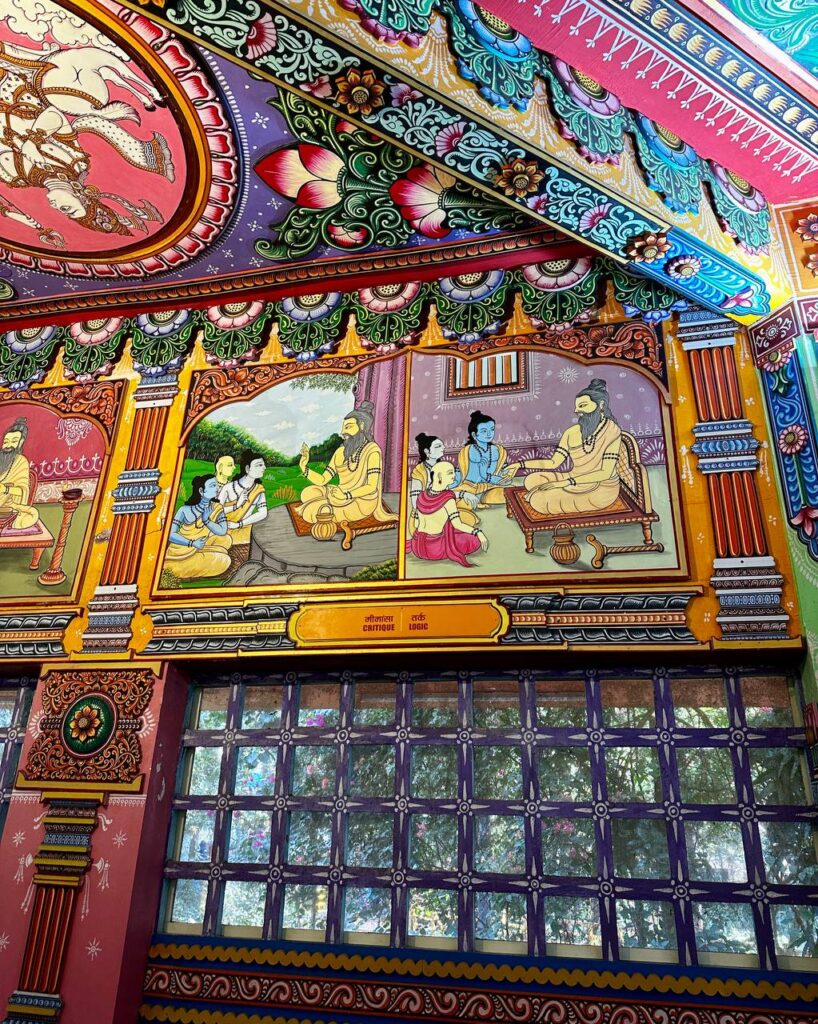
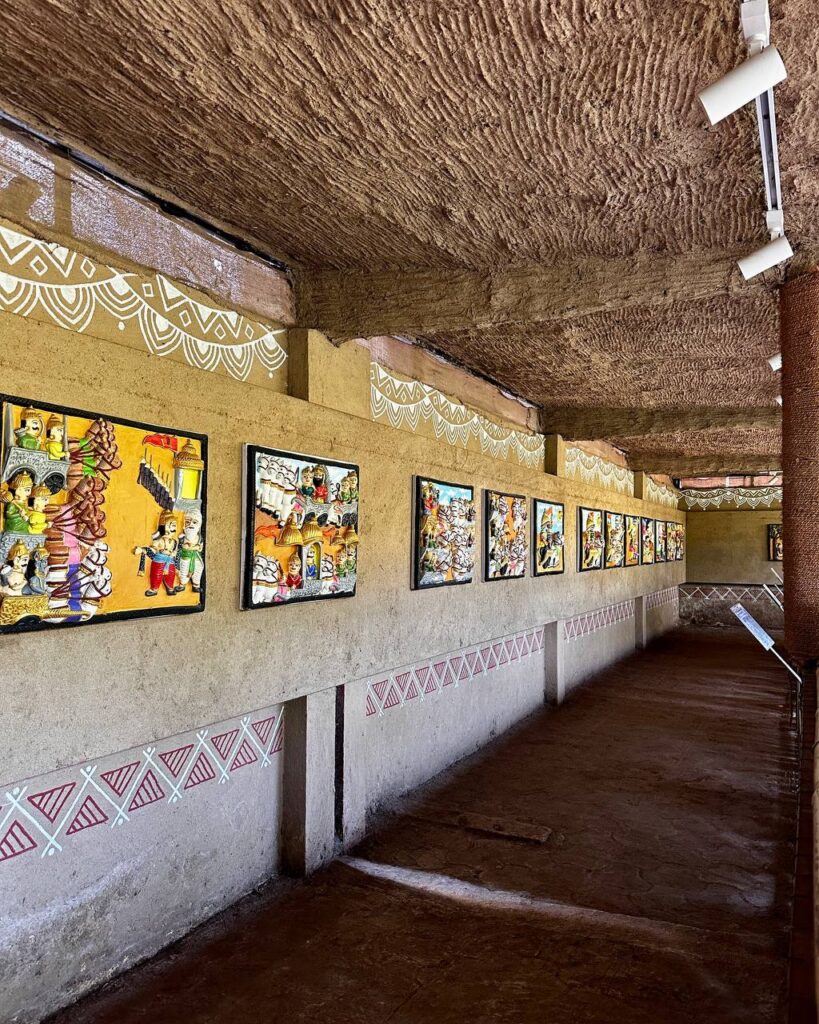
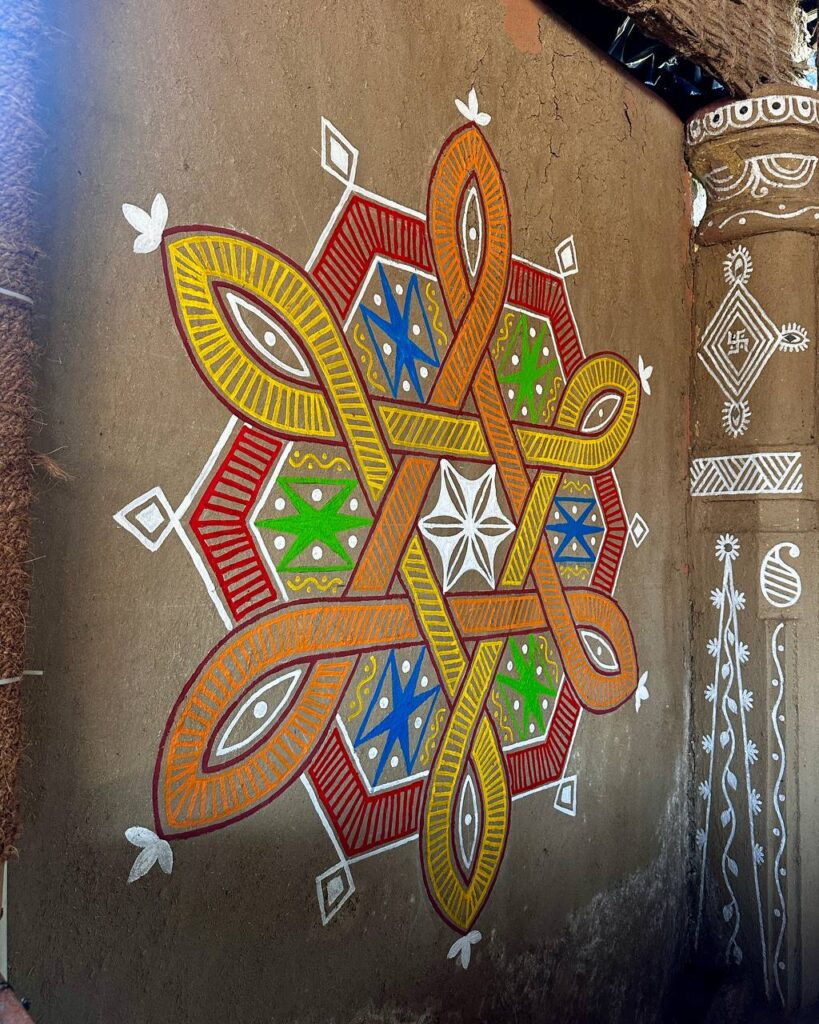
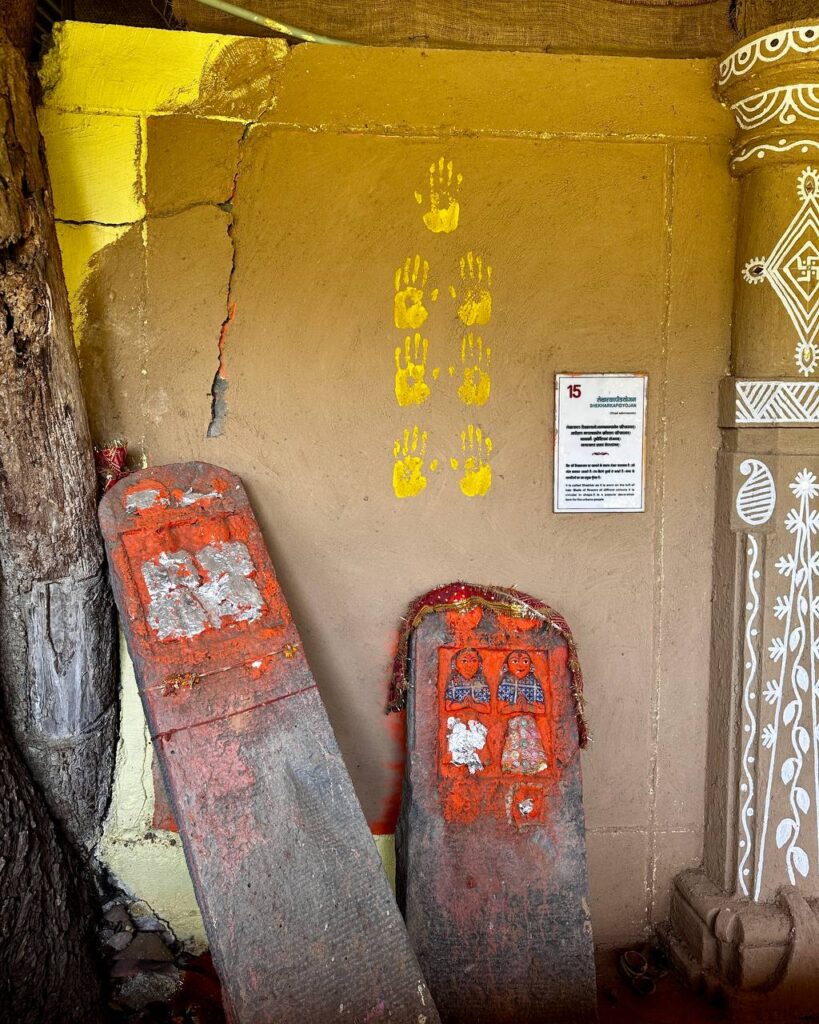
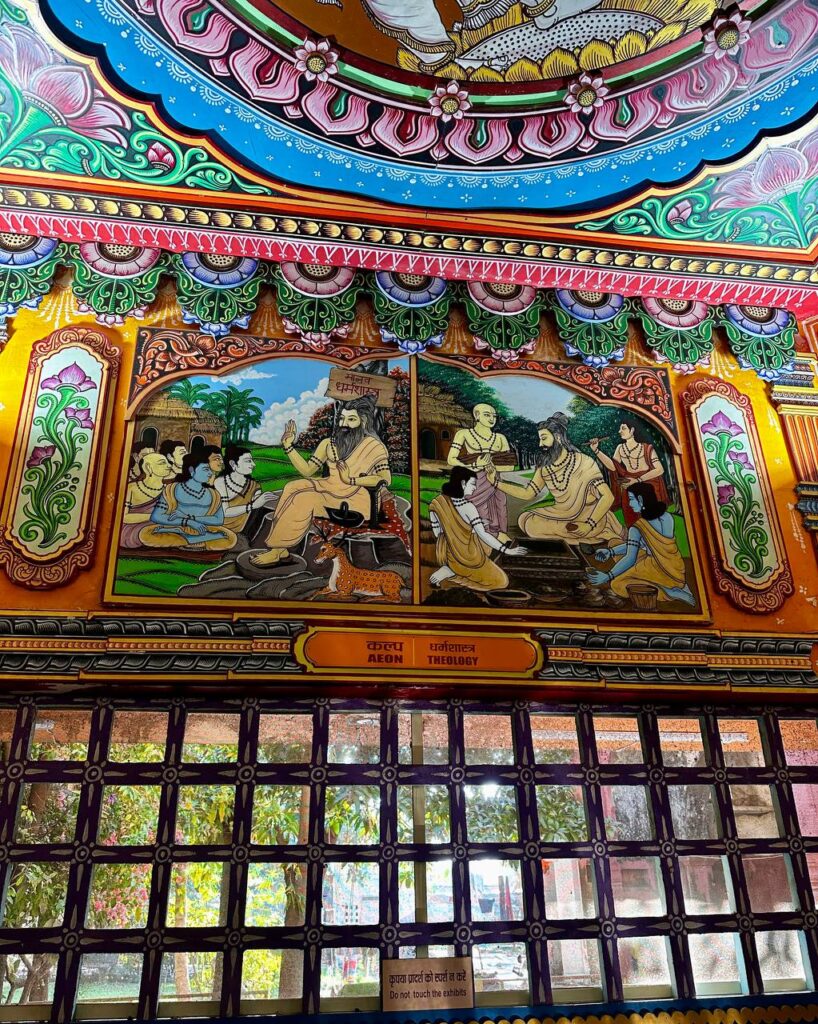
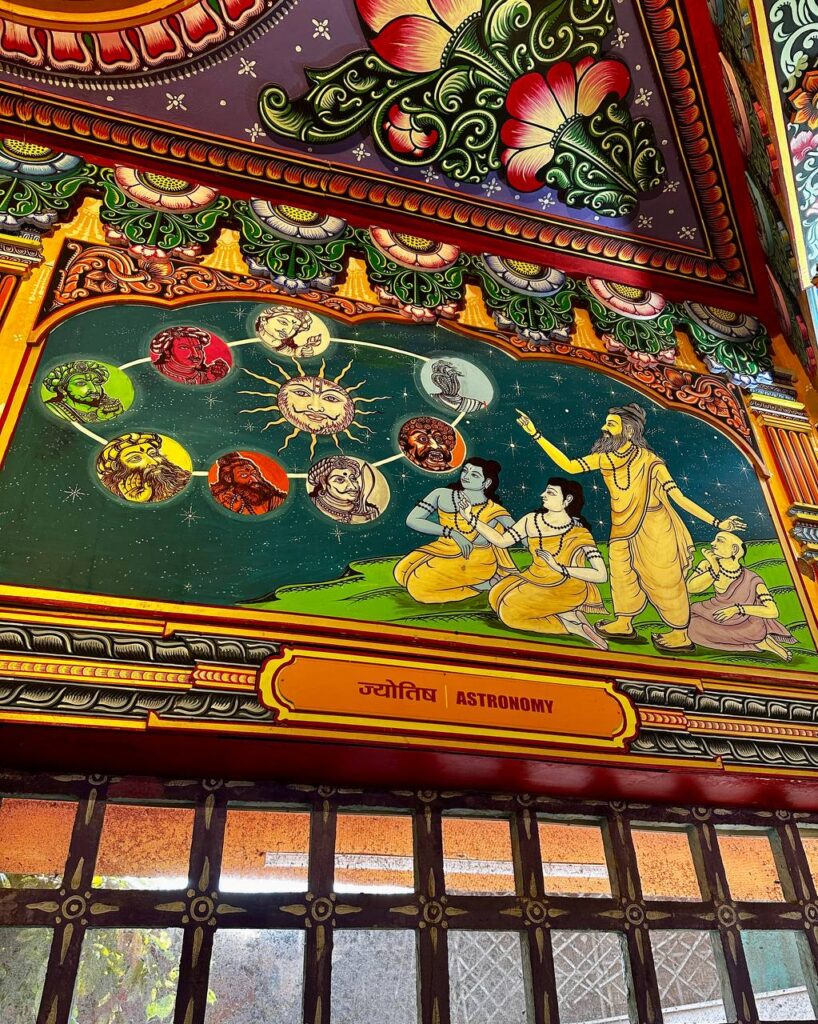
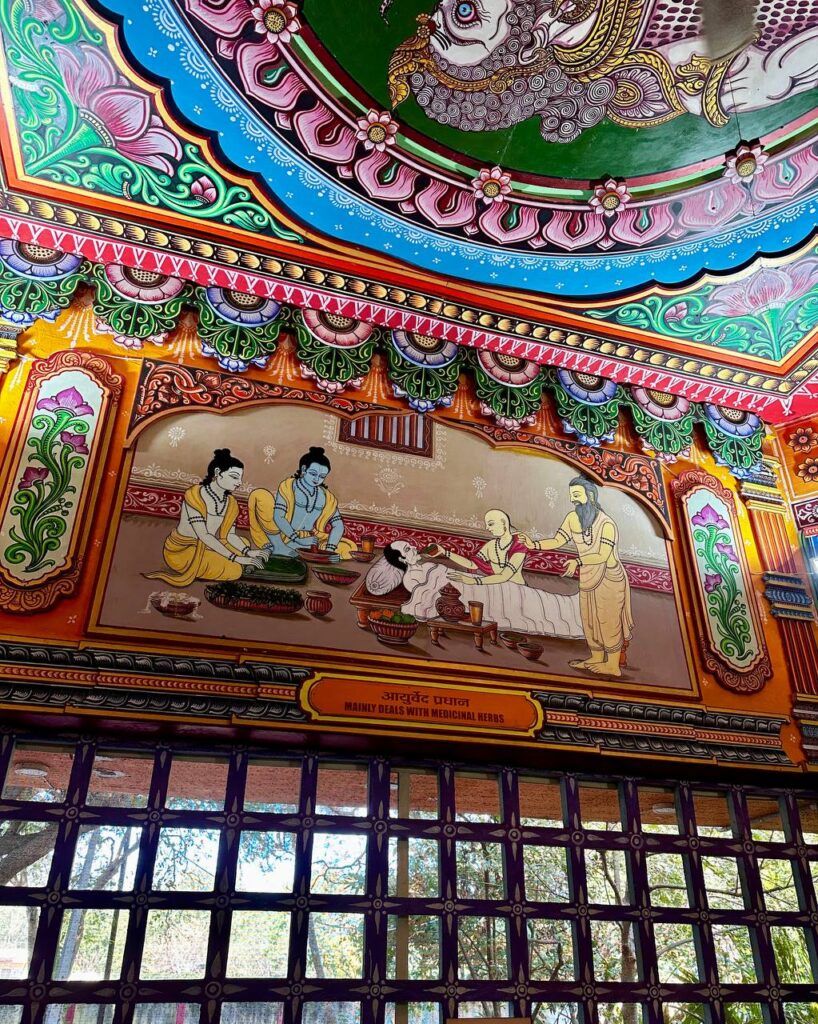
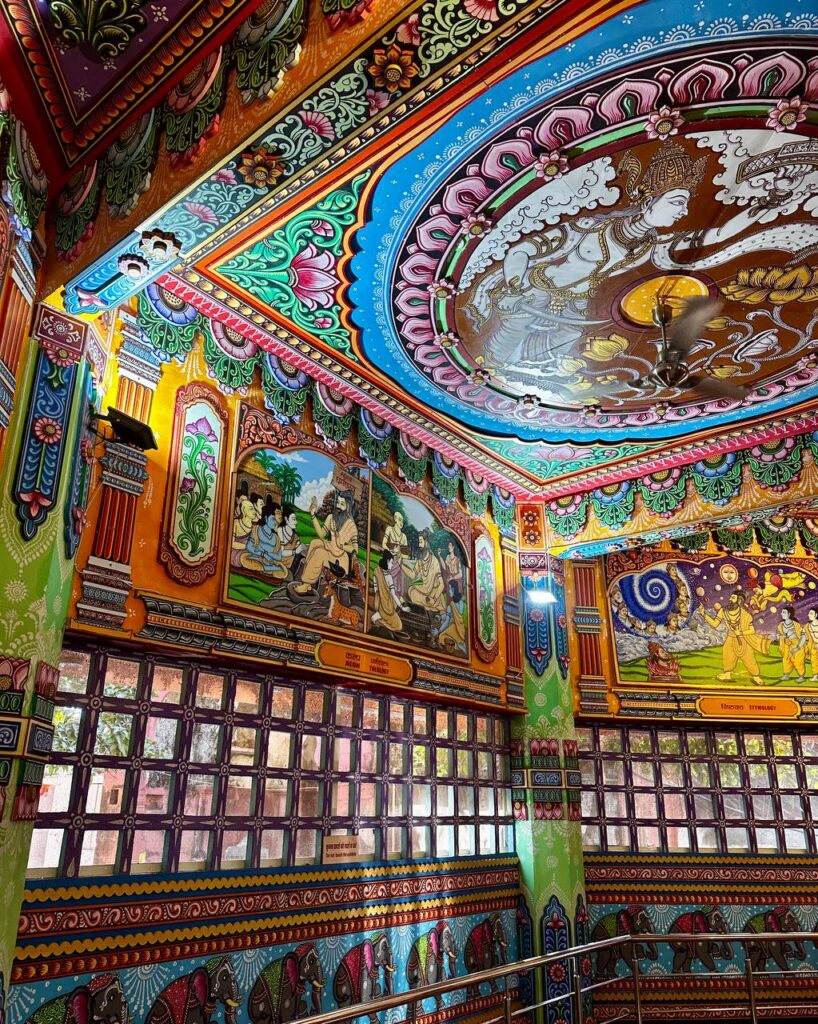
Conclusion: The Eternal Relevance of Krishna’s Teachings
The legacy of Krishna’s time at Sandipani Ashram is not confined to history—it continues to inspire and guide humanity in the pursuit of knowledge, humility, and devotion. The ashram, often referred to as “Krishna Ki Pathshala” (Krishna’s School), serves as a reminder that even the divine values the role of a teacher and the discipline of learning.
By visiting this sacred place, one can feel the lingering spirit of wisdom beneath the ancient trees and the echo of sacred chants in the temple corridors. It serves as a reminder that knowledge, when pursued with sincerity and devotion, leads to ultimate liberation.
